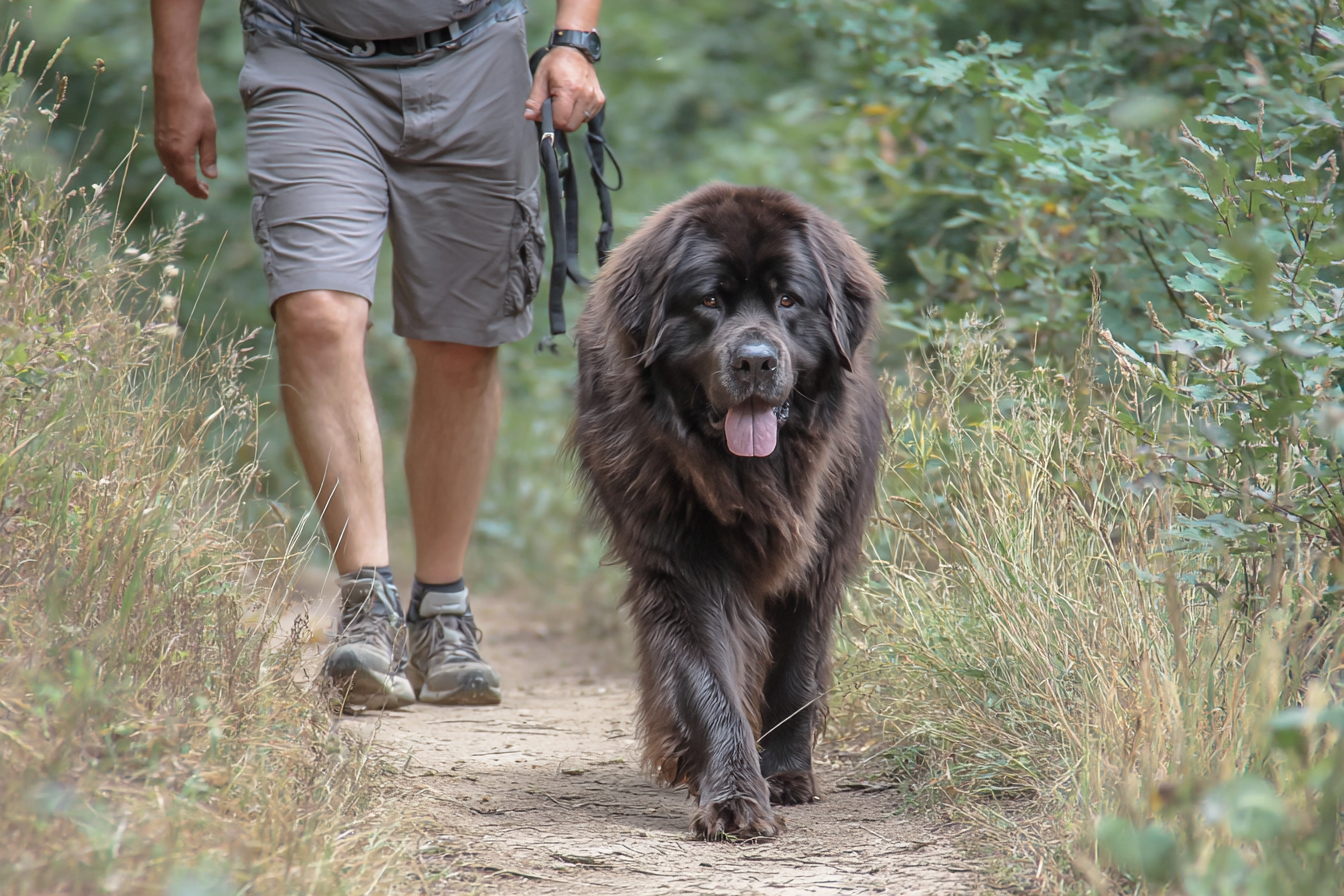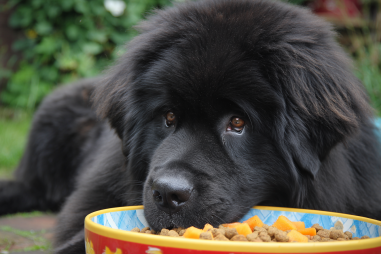Newfoundland dogs are beloved for their gentle nature and impressive size. These gentle giants require special attention when it comes to exercise, as their large frames and specific health considerations make it essential to tailor activity routines carefully. Proper exercise is vital for keeping your Newfoundland happy and healthy, but it’s equally important to ensure those workouts don’t cause injury or stress to their bodies. In this guide, you’ll discover essential safety tips that will help you protect your Newfoundland dog during exercise and promote a long, active life.
Recognizing Exercise Limits for Large Breeds
Due to their substantial size and build, Newfoundland dogs have unique exercise needs compared to smaller breeds. Their joints and bones work harder to support their weight, which means overexertion or high-impact activities can easily lead to injury. Recognizing these limits is the first step in designing a safe exercise routine.
Newfoundlands benefit from moderate-intensity exercise rather than lengthy or vigorous sessions. While they do have a decent endurance level thanks to their working dog history, pushing them too hard can result in joint problems such as hip or elbow dysplasia and arthritis down the line. It’s important to gradually build up their stamina and carefully monitor their response to physical activity.
Warning Signs of Overexertion
Knowing when your Newfoundland has pushed too far can help you intervene before more serious problems develop. Some common warning signs of overexertion to watch for include:
- Excessive panting that doesn’t subside with rest
- Limping or reluctance to move
- Unusual stiffness after exercise
- Weakness or collapse
- Excessive drooling or pale gums
- Reluctance to continue activity or slow response when called
If you notice any of these symptoms, it’s important to stop the activity immediately and provide water and rest. Persistent signs warrant a visit to your veterinarian to rule out any underlying issues.
Best Exercise Types for Newfoundlands
Because they are large and have a calm disposition, not every type of exercise suits Newfoundlands. Choosing the right activities ensures they stay active without putting undue stress on their bodies.
- Swimming: This is a fantastic low-impact exercise that Newfoundlands typically adore. Swimming supports their joints while providing a full-body workout that builds muscle and cardiovascular health.
- Leisurely walks: Daily walks at a moderate pace help maintain their weight and keep their muscles toned. Shorter, more frequent walks can be better than long, strenuous hikes.
- Interactive play: Gentle games like fetch or tug of war performed on soft surfaces help keep your dog mentally and physically stimulated without excessive strain.
- Controlled obedience or agility exercises: Low-impact training sessions that focus on following commands or navigating easy obstacles can be great, but avoid high jumps or sudden turns which can stress joints.
While active, avoid activities that cause sudden bursts of speed or excessive jumping, as these may increase the risk of injury for large breeds.
Warm-Up and Cool-Down Practices
Just like humans, Newfoundlands benefit greatly from warming up before exercise and cooling down afterward. These practices prepare their muscles and joints for activity and reduce the risk of injury.
A good warm-up routine can include gentle walking for 5-10 minutes before more intense activity. This raises blood flow and gently stretches muscles. After exercising, cooling down can involve slower walking and gentle massage to help muscles relax and reduce soreness. Incorporating brief periods of rest during longer exercise sessions is also beneficial.
Environmental Considerations
Newfoundlands are particularly sensitive to heat due to their thick double coats and large size, making it crucial to consider the environment during exercise. High temperatures increase the risk of heatstroke, which can be fatal.
- Aim for exercise sessions during cooler parts of the day, such as early morning or late evening.
- Always carry fresh water and offer it regularly to keep your dog hydrated.
- Avoid exercising outdoors on hot, humid days.
- Choose shaded areas or grassy fields over hot pavement, which can burn their paws.
Additionally, consider the terrain; slippery or uneven surfaces can cause slips or falls, which are risky for heavy dogs. Opt for flat, non-slippery ground whenever possible.
Equipment Tips
The right equipment can make a big difference in keeping your Newfoundland safe during exercise. Here are some recommendations:
- Proper harness: Using a well-fitted harness rather than a collar can reduce strain on your dog’s neck and distribute pulling force more evenly. Look for harnesses designed for large breeds with sturdy construction.
- Quality leash: A strong leash gives you better control during walks, preventing sudden lunges or pulls that could hurt your dog’s muscles or joints.
- Paw protection: In colder months or rough terrain, consider dog boots to protect their paws from ice, salt, or sharp objects.
- Cooling vests or mats: On warm days, cooling gear designed specifically for pets can help regulate your Newfoundland’s temperature during outdoor activities.
Regularly check your dog’s equipment for wear and proper fit to avoid discomfort or injury during exercise.
Keeping Your Newfoundland Both Safe and Happy
Caring for a Newfoundland’s exercise needs is a balancing act between keeping them active enough to maintain good health and preventing the risks that come with their large size. By recognizing their limits, watching for signs of fatigue or distress, selecting appropriate activities, and following good warm-up and cool-down routines, you can ensure exercise time is both safe and enjoyable. Paying attention to the environment and investing in good quality gear further protect your giant companion.
With thoughtful planning and attentive care, your Newfoundland dog can enjoy a lifetime of healthy and happy movement, strengthening your bond and enhancing their quality of life.







